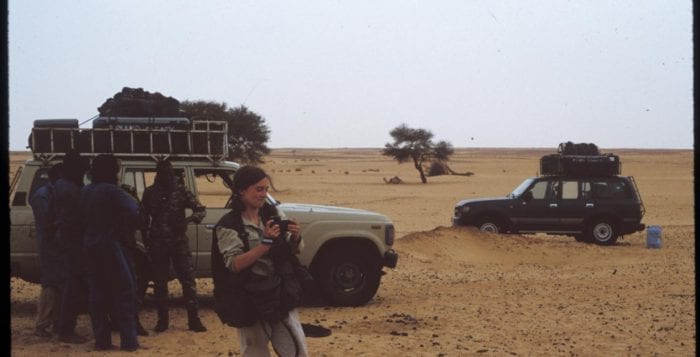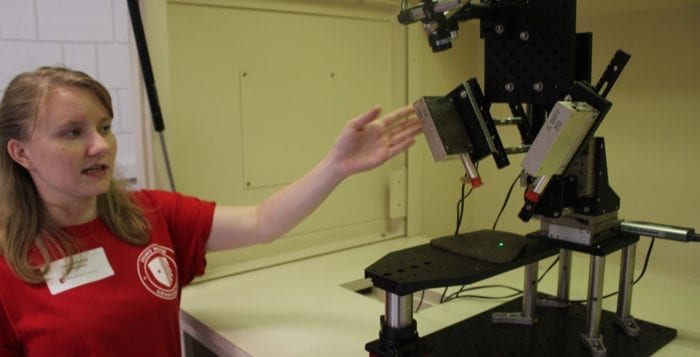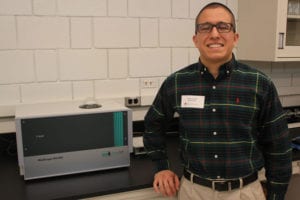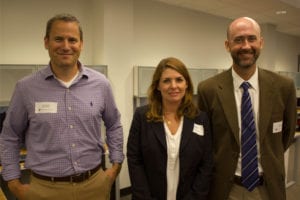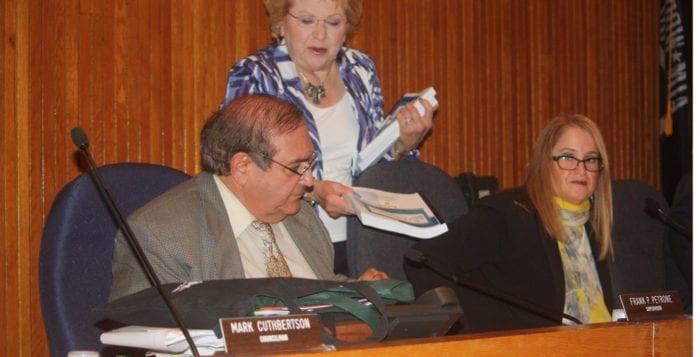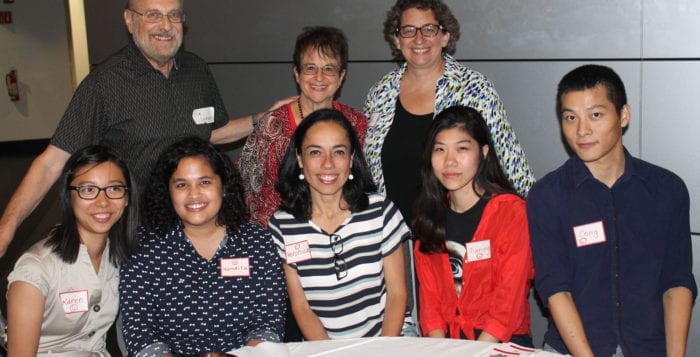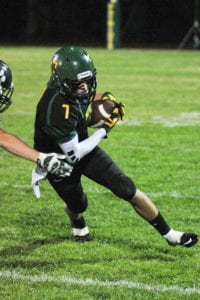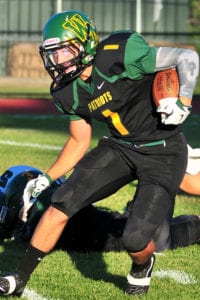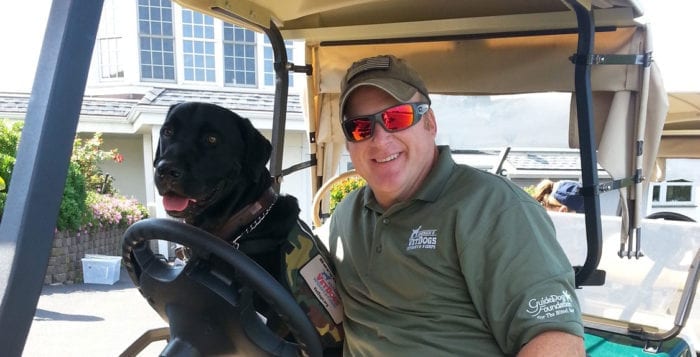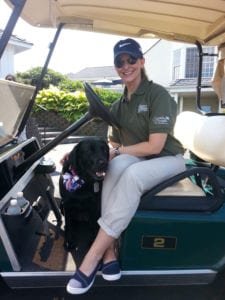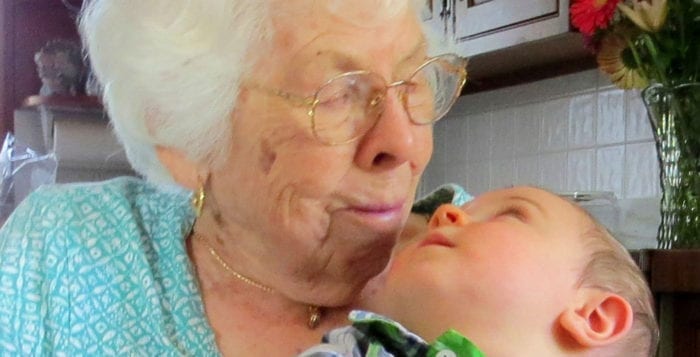By Daniel Dunaief
At their greatest depths, oceans hold onto their secrets. With layers of light-blocking water between the surface and the bottom, they hide the kind of clues that might reveal more about who, or what, lived or traveled through them.
What if a sea dried up millions of years ago? And, what if that sea left behind pieces of information — some of them small and subtle and others larger and easier to spot? That’s what happened in a part of Africa that long ago gave up any signs of flowing water. The Sahara desert was, millions of years ago, home to an inland sea called the trans-Saharan seaway.
Maureen O’Leary, a professor in the Department of Anatomical Sciences in the School of Medicine at Stony Brook University, has been to Mali, a country in the northwest of Africa, three times on expeditions, most recently in 2008. There, she collected fossils that are members of extinct groups that are part of larger evolutionary units with living members today.
O’Leary has explored and cataloged a number of remnants from the region, including a turtle and crocodile skull. She and her collaborators have also discovered sting ray fossils. Originally considered likely residents after an asteroid hit Earth that caused a massive extinction, these fossils now suggest that these sting rays lived in the area earlier than previously believed.
“This suggests that the sting rays did survive” the asteroid impact, said O’Leary. “Often extinction events are described in very broad terms but specific studies like this help us” hone in on the kind of species that survived.
She also found intriguing deposits in fossilized feces. Invertebrates burrowed through these fossilized remains, leaving a cast of the shapes of their bodies. The group that left traces of their activities in fossilized feces includes Pholadidae, which has living members. “A careful inspection of a whole fauna of fossils allows you to find invertebrates you had no record of,” said O’Leary.
Leif Tapanila, the director of the Idaho Museum of Natural History and an associate professor of geosciences at Idaho State University, joined O’Leary on an expedition to Mali in 1999, where he was the invertebrate expert. Tapanila said the feces of sharks, crocodiles and turtles have bone fragments that tend to preserve well. Some of these fossilized feces can be four- to five-feet-thick deposits. A prehistoric diver from 30 million years ago would have found that the bottom of the seaway, which was probably 50 to 70 meters at its deepest points, was covered in these hard feces, Tapanila said.
Tapanila described O’Leary as an effective collaborator who ensured scientists formed effective partnerships. “She brings people together,” Tapanila said. “One of her biggest strengths is that she finds pieces of the puzzle that are needed for a particular scientific question. She sets up the infrastructure to make a research project work.”
In one of the blocks of limestone recovered in 1999, O’Leary found a crocodile skull with well-preserved ear bones. That level of detail is unusual in a fossil because of the relatively small and fine nature of those bones. Robert Hill, who was a doctoral student in O’Leary’s lab and is now a professor at Hofstra University, noticed that the ear bones had bite marks on them. A closer examination suggested that the marks were made by a shark, either during a prehistoric battle or after the crocodile had died.
O’Leary is currently working with Eric Roberts, the head of Geoscience at James Cook University in Australia, to write a review paper on Mali that would contain some reconstructions of the region and the species. The paper would emphasize a big picture story using the specialized details she and others collected. This will not only help people see the world as it was but also may help them see the Earth as a changing place, where rising sea levels could cause another transition in a dry and arid region.
While O’Leary would like to return to Mali, she and numerous other scientists have kept their distance amid the political instability in the area. In 2008, Canadian diplomat Robert Fowler was taken hostage for 60 days. “There were some diplomats there who seemed unflappable and serious” who suggested that O’Leary and her colleagues return home during their expedition. “The American Embassy was instrumental in leaning on me to leave.” O’Leary said the politics of these areas, despite the rich story they may have to tell about the past, “can play into whether science can even be done.”
In addition to her research in Mali, O’Leary raised the money and created an online system called MorphoBank, which enables scientists studying anatomy all over the world to collect their information in one place. MorphoBank encourages those interested in anatomy of any kind to find data in one place. Tapanila credits O’Leary for creating a valuable resource. For the time, MorphoBank was “totally new. It takes a lot of effort and vision to pull that off,” he said.
O’Leary is married to Michael Novacek, an author and senior vice president and curator in the Division of Paleontology at the American Museum of Natural History. He is one of the team leaders of the joint American Museum of Natural History/Mongolian Academy of Sciences ongoing expeditions to the Gobi Desert. The duo, who collaborated on an expedition in Morocco, have co-authored papers on the philosophy of science, placental mammal evolution and a team-based study of mammal evolution that was published in the journal Science.
O’Leary watches the political scene in and around Mali from afar.“I do keep an eye on it and would love to return,” she said.

